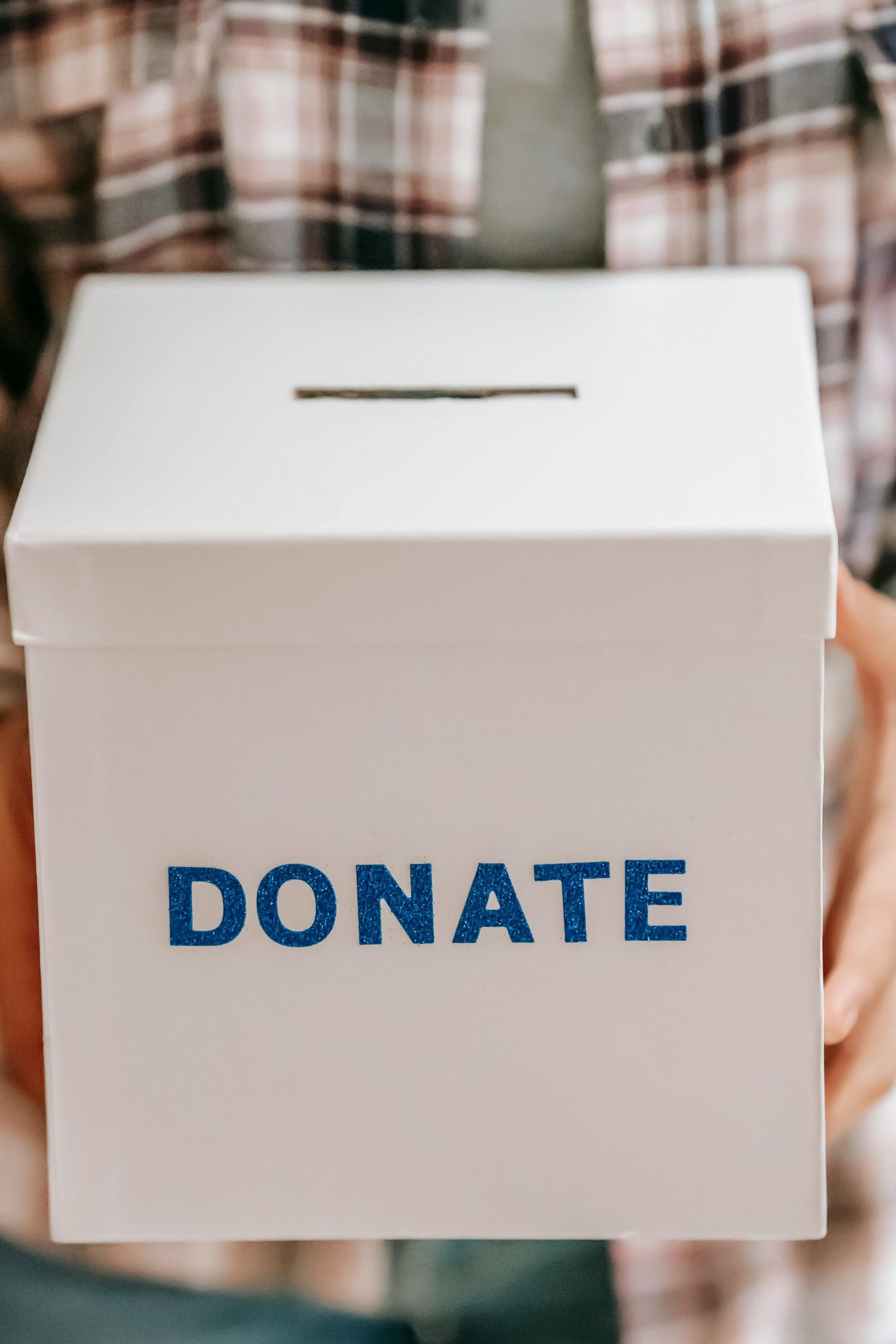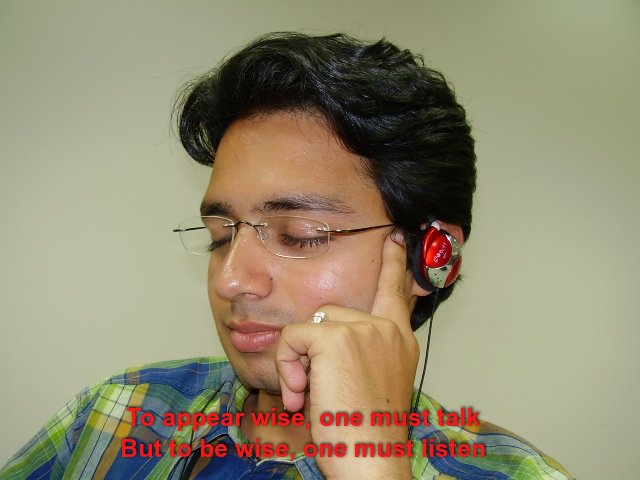
“Bamboo Scaffolding in Causeway Bay neighborhood” by gribbly is licensed under CC BY 2.0.
The construction industry is widely recognized as one of the most dangerous industries around the world. In Hong Kong, the scaffolding industry is viewed as particularly dangerous and is particularly stigmatized, in part due to the widespread use of bamboo for scaffolds. Official regulations have increasingly viewed the use of bamboo (rather than steel, the most common alternative) in the scaffolding industry as dangerous and have made efforts to limit and regulate the practice, which has drawn greater scrutiny and stigma to the occupation. In the face of these threats, how do workers learn to manage risk while maintaining respectability?
“Macho” culture has long been part of the answer. Previous research has established that construction workers are often looked down upon by wider society because of the “dirtiness” of their work, and these Hong Kong scaffolders are no exception. Because the bamboo scaffolding trade in Hong Kong is relatively easy to enter and relies on on-the-job training, most apprentice scaffolders are young men who have few career options. Many of the men in the industry have connections to criminal gangs, contributing to scaffolders overall having a reputation for being criminals and ex-convicts. Additionally, the highly visible and public nature of scaffolding work makes bamboo scaffolders especially vulnerable to overt prejudice from the rest of society, with passersby sometimes cursing at and threatening scaffolders as they work.
Researchers Ken Kamoche and Kuok Kei Law sought to identify how bamboo scaffolders in Hong Kong navigated the risks of their work and the social stigma associated with it. Through interviews with a variety of workers and contractors in the bamboo scaffolding industry, Kamoche and Law found that scaffolders managed the danger and stigma of their work by leaning into a particular expression of masculinity: the scaffolders (all of whom were men) portrayed themselves as tough, macho men who were unafraid of danger. This was visible in the culture at the construction sites, which featured camaraderie, swearing, and competitive public displays of bravado and risk-taking (such as throwing bamboo poles to other workers, jumping from heights, and failing to follow safety regulations or use personal protective equipment).As legal regulation and standardization of construction in Hong Kong has grown, and the wider society increasingly sees the bamboo scaffolding industry as a dying trade, scaffolders have struggled to convince others that scaffolders’ informal knowledge of working with bamboo is legitimate. In the midst of the inherent risks of their work, the stigma associated with it, and the precariousness and uncertain future of the industry itself, bamboo scaffolders worked to establish their identities as tough, masculine, and fearless, able to dismiss both the dangers of the job and the prejudice of those around them.










